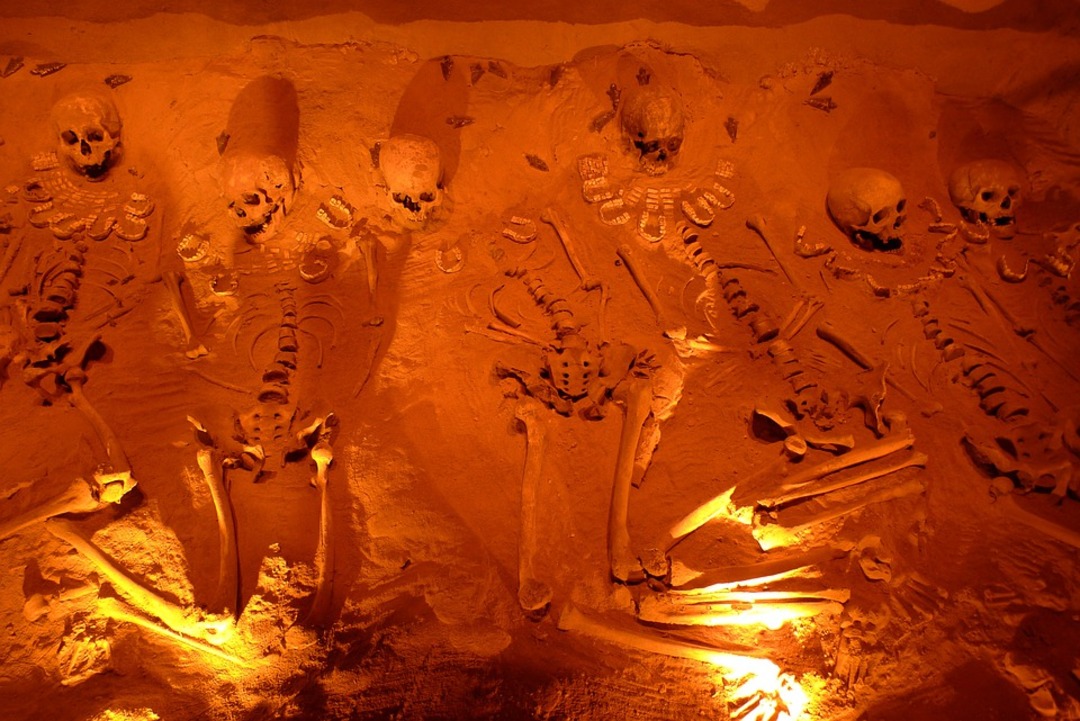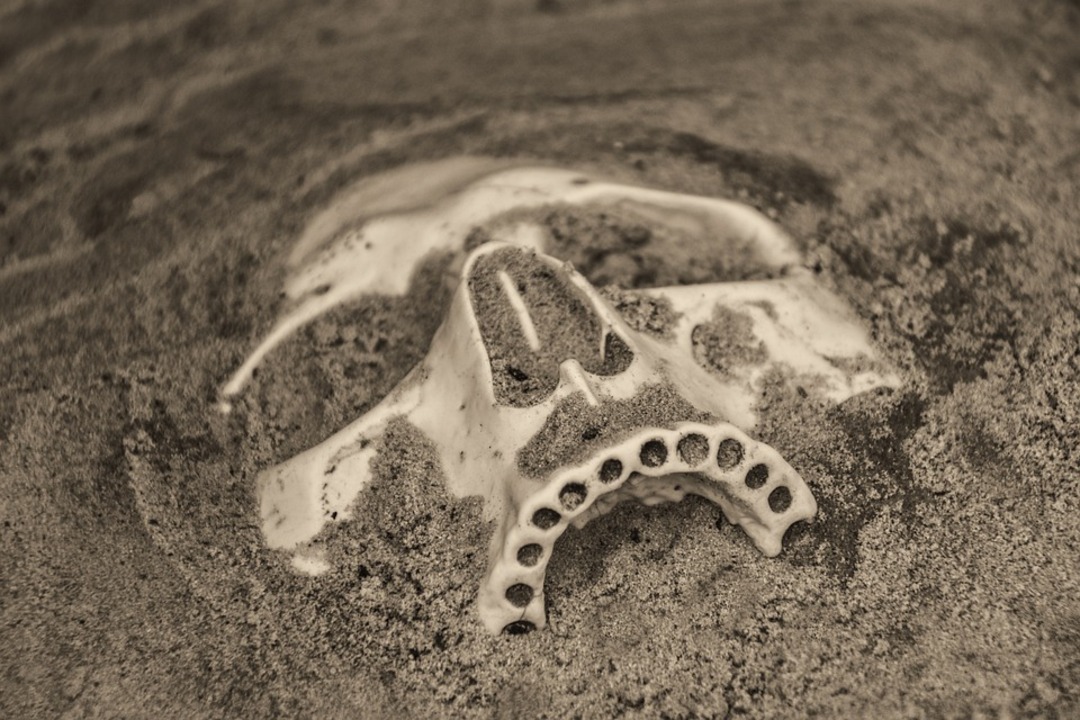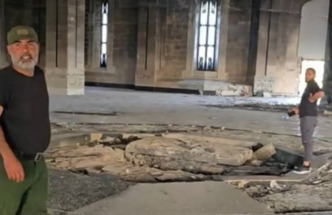-
1.4M-year-old bones excavated in northern Spain could rewrite human prehistory

Facial bones dating back 1.4 million years are the oldest human fossils ever unearthed on the European continent and could end up changing the book of human prehistory, according to scientists involved in the landmark find, the Anadolu Agency reported.
“We don’t yet know which first human species the fragments found belonged to,” archaeologist Aurora Martin, general coordinator of the Museum of Human Evolution in Burgos, northern Spain, told Anadolu Agency.
She added: The bones, found at the end of June at the caves of the Sierra de Atapuerca excavation site near Burgos, constitute “a breakthrough that will help rewrite the history of human evolution."
She explained: "Until 1994, it was known that there were no ancient human species in Europe until 500,000 years ago. Now we’re talking about 1.4 million years ago. In other words, we pushed back the evolution of humans in Europe 1 million years."

"The new invention, which is the facial parts of a species, unearthed in the summer of 2022, belongs to 1.4 million years ago. This opens new doors for us and makes us ask a lot of new questions.
We will try to find answers to these, but they will all be after research. We can’t give an answer right now,” she added.
Palestinian farmer unearths rare Byzantine-era mosaic in Gaza
The Atapuerca site was discovered during railway work at the end of the 19th century, and the first excavations began in 1976.
The oldest human fossils previously ever found on the European continent were unearthed in the region in 2007, dating back to 1.2 million years old.
Ancient Stone Age human and animal fossils unearthed in Atapuerca, a World Heritage Site, are on display at the Museum of Human Evolution in Burgos.
Source: aa
You May Also Like
Popular Posts
Caricature
BENEFIT Sponsors BuildHer...
- April 23, 2025
BENEFIT, the Kingdom’s innovator and leading company in Fintech and electronic financial transactions service, has sponsored the BuildHer CityHack 2025 Hackathon, a two-day event spearheaded by the College of Engineering and Technology at the Royal University for Women (RUW).
Aimed at secondary school students, the event brought together a distinguished group of academic professionals and technology experts to mentor and inspire young participants.
More than 100 high school students from across the Kingdom of Bahrain took part in the hackathon, which featured an intensive programme of training workshops and hands-on sessions. These activities were tailored to enhance participants’ critical thinking, collaborative problem-solving, and team-building capabilities, while also encouraging the development of practical and sustainable solutions to contemporary challenges using modern technological tools.
BENEFIT’s Chief Executive Mr. Abdulwahed AlJanahi, commented: “Our support for this educational hackathon reflects our long-term strategic vision to nurture the talents of emerging national youth and empower the next generation of accomplished female leaders in technology. By fostering creativity and innovation, we aim to contribute meaningfully to Bahrain’s comprehensive development goals and align with the aspirations outlined in the Kingdom’s Vision 2030—an ambition in which BENEFIT plays a central role.”
Professor Riyadh Yousif Hamzah, President of the Royal University for Women, commented: “This initiative reflects our commitment to advancing women in STEM fields. We're cultivating a generation of creative, solution-driven female leaders who will drive national development. Our partnership with BENEFIT exemplifies the powerful synergy between academia and private sector in supporting educational innovation.”
Hanan Abdulla Hasan, Senior Manager, PR & Communication at BENEFIT, said: “We are honoured to collaborate with RUW in supporting this remarkable technology-focused event. It highlights our commitment to social responsibility, and our ongoing efforts to enhance the digital and innovation capabilities of young Bahraini women and foster their ability to harness technological tools in the service of a smarter, more sustainable future.”
For his part, Dr. Humam ElAgha, Acting Dean of the College of Engineering and Technology at the University, said: “BuildHer CityHack 2025 embodies our hands-on approach to education. By tackling real-world problems through creative thinking and sustainable solutions, we're preparing women to thrive in the knowledge economy – a cornerstone of the University's vision.”
opinion
Report
ads
Newsletter
Subscribe to our mailing list to get the new updates!






















